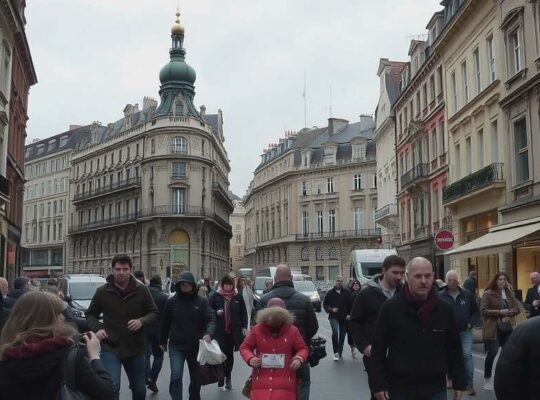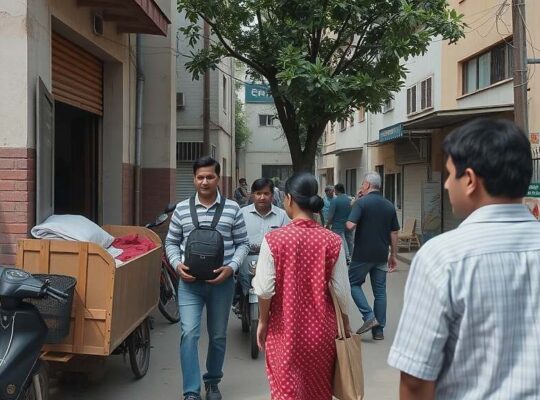A recent draft report by the German government reveals a complex picture of wealth distribution, demonstrating a slight reduction in inequality over the past decade while simultaneously highlighting a significant disconnect between perceived and actual economic realities. The report, a quadrennial assessment of poverty and wealth trends, indicates that the wealthiest 10% of Germans held 59% of the nation’s net wealth at the beginning of the 2010s. This figure has modestly decreased to 54% by 2023. The proportion of households burdened with negative net wealth (debt exceeding assets) has also shrunk from 9% to 6%.
While the average net wealth per household reached €325,000 in 2023 – a substantial increase of €130,000 compared to the early 2010s – the concentration of wealth remains a critical issue. The lower half of the population continues to hold a meager 3% of the total wealth, despite experiencing considerable individual asset growth. The decline in the wealthiest 10%’s share isn’t solely due to a shrinking pool of the super-rich, but primarily a result of the upper-middle class gradually closing the wealth gap.
The Gini coefficient, a standard measure of income and wealth inequality, has fallen from 0.76 to 0.72 during the observed period, suggesting a marginal improvement in distribution. However, this statistical improvement seemingly fails to resonate with public perception. The report reveals a significant divergence between measured economic realities and how Germans perceive poverty and wealth. Citizens tend to believe a much larger portion of the population is impoverished than official statistics portray and they significantly overestimate the number and affluence of wealthy individuals.
The report’s findings also offer a qualified endorsement of the current “traffic light” (coalition) government’s social policies. The strengthening of the minimum wage and housing benefit reform are assessed as having achieved demonstrable positive effects, specifically demonstrated by examining income changes within three representative household configurations between 2021 and 2024. Notably, net incomes for minimum wage earners have risen moderately faster than those for unemployed individuals.
However, the data underscores a deeper systemic challenge. While modest progress has been made in reducing wealth concentration, the enduring disparity between the statistical reality and public understanding highlights the need for greater transparency and potentially, more aggressive policy interventions. The continued concentration of wealth at the top, even with a slight decline, raises concerns about social mobility and the long-term economic health of Germany, suggesting the government’s stated successes may be masking a more entrenched problem.












